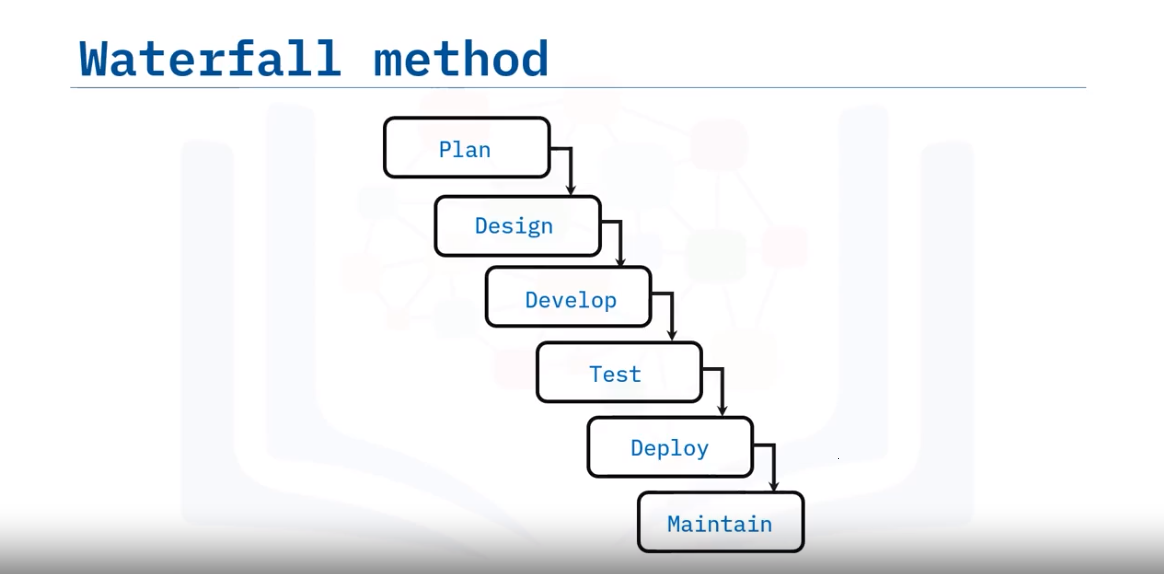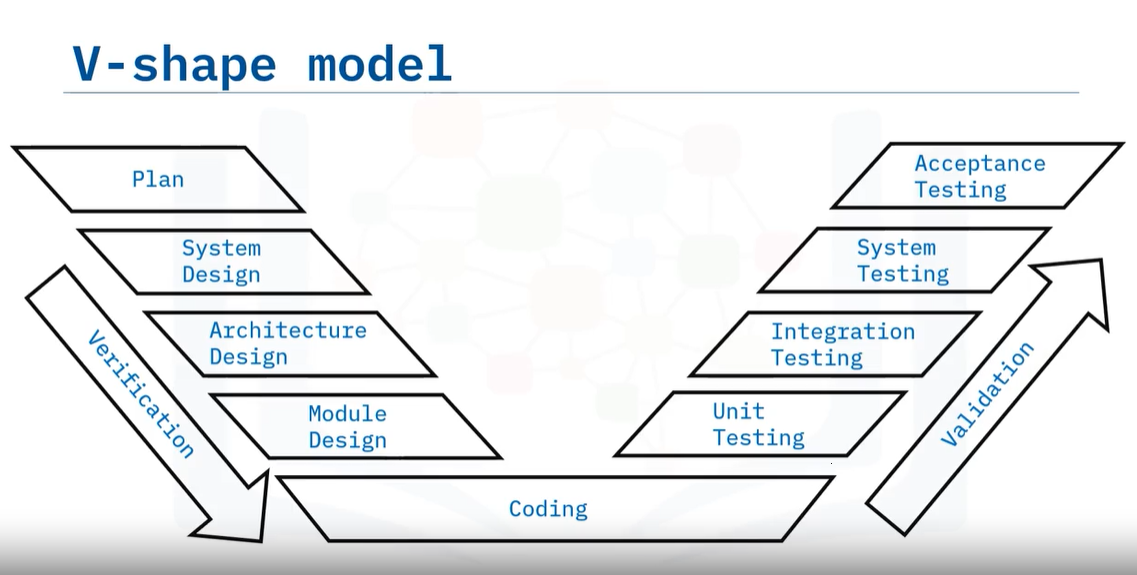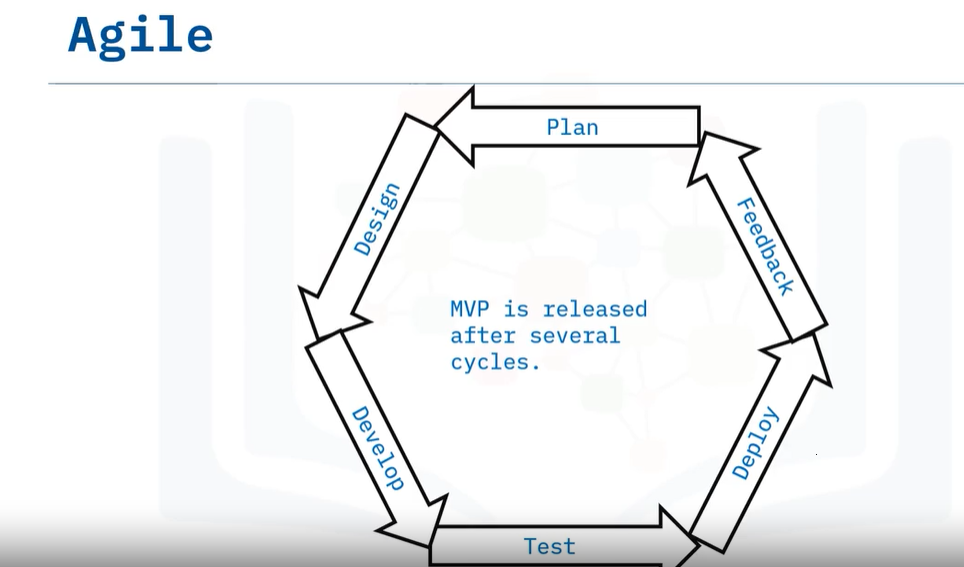Navigating the Software Development Landscape: Roles, Methodologies, and Documentation
 Richard Emijere
Richard Emijere
Introduction
In the ever-evolving realm of software engineering, understanding the intricacies of development methodologies, the roles involved, and the significance of documentation is paramount. This article delves into these key aspects, providing insights into the software-building process, development methodologies, software versioning, testing practices, and the crucial role of documentation.
Software Development Methodologies
Waterfall Method:
The waterfall method is a traditional, linear approach to software development. It consists of distinct phases, and each phase must be completed before moving to the next one. The key stages include requirements gathering, system design, implementation, testing, deployment, and maintenance.
Pros:
Easy to understand and follow.
Well-defined stages facilitate clear roles for team members.
Upfront planning allows for better budget estimation.

Cons:
Lack of flexibility; changes are challenging once planning is done.
Difficulty accommodating evolving requirements.
Long intervals between releases.
V-shape Model:
The V-shape model is an extension of the waterfall method, where the development phases are aligned in a V-shape. On the left side of the V are verification phases, and on the right are validation phases. The process includes planning, system design, architecture design, module design, coding, and testing stages.
Pros:
Sequential and easy to implement.
Test plans designed during the verification phase save time during coding and validation.
A clear correlation between the verification and validation phases.
Cons:
Similar inflexibility as the waterfall method.
Difficulty incorporating changes during testing phases.

Agile Method:
Agile is an iterative and flexible approach, emphasizing collaboration and adaptability over rigid, sequential processes. It divides the development into short cycles or sprints, usually lasting one to four weeks. Agile accommodates changing requirements and encourages constant feedback.
Pros:
Embraces changing requirements seamlessly.
Quick, short development cycles.
Stakeholders see working code regularly, fostering continuous improvement.
Cons:
Upfront planning, such as budgeting, can be challenging.
Resource allocation may require careful management.

Decoding Software Versioning
A. Understanding Software Versions
Software versioning is a crucial aspect of managing and communicating software changes. It involves assigning unique version numbers to releases, updates, and patches. Let's explore the components of software versioning in more detail:
Version Numbers:
Version numbers vary in length and format. A standard format includes major, minor, and patch numbers (e.g., 1.2.3). The first release might have a version like 1.0, indicating no updates, while subsequent releases may have longer numbers with additional sets.
Semantic Numbering:
Semantic versioning follows a four-part structure: major, minor, patch, and build numbers or build date. Each part conveys specific information. Major changes indicate significant alterations, minor changes represent smaller enhancements, patch numbers signify bug fixes, and the build number indicates the software's build date.
Compatibility:
Compatibility between software versions can be a common challenge. Upgrading to newer versions may resolve compatibility issues, although some software is designed to be backwards compatible, ensuring older versions work seamlessly with newer ones.
The Art of Software Testing
A. Overview of Software Testing:
Software testing is a critical practice integral to the software development life cycle (SDLC). Its primary objective is to ensure that software meets specified requirements, functions correctly, and is free from defects. This intricate process involves several key elements and types of testing.
Functional Testing:
Functional testing assesses the system's functionality by testing inputs and corresponding outputs. It verifies that the software meets the functional requirements outlined in the specifications. This type of testing can be carried out manually or through automated tools.
Non-Functional Testing:
Non-functional testing evaluates attributes such as performance, security, scalability, and availability. It aims to ensure that the software's non-functional aspects perform as expected under various conditions, such as stress or simultaneous user logins.
Regression Testing:
Regression testing confirms that recent changes, like bug fixes or updates, do not adversely impact existing functionality. It involves selecting and prioritizing test cases to verify the continued stability of the software.
B. Testing Levels:
Software testing is organized into distinct levels to efficiently manage and optimize the testing process. These levels, occurring at different phases of the SDLC, include:
Unit Testing:
Unit testing focuses on verifying the functionality of specific code sections, typically at the function level. It is performed by developers during the development phase to identify and eliminate errors early in the process.
Integration Testing:
Integration testing comes after unit testing and involves combining smaller, independent code modules to identify errors that may arise when these modules interact. It uncovers issues related to communication between modules and ensures seamless integration.
System Testing:
System testing is conducted on the complete, integrated system to validate its compliance with specified requirements. It assesses both functional and non-functional aspects, providing a comprehensive evaluation of the software as a fully developed product.
Acceptance Testing:
Acceptance testing is the final stage, formalized to verify that the system satisfies user needs, requirements, and business processes. It is often carried out by customers or stakeholders during the maintenance stage of the SDLC.
The Importance of Software Documentation
A. Understanding Software Documentation:
Software documentation is a fundamental aspect of software engineering that provides crucial information about a software product. It comes in various formats, including written, video, or graphical assets, catering to different stakeholders like end-users, developers, QA engineers, and system administrators.
Product Documentation vs. Process Documentation:
Software documentation is categorized into product and process documentation. Product documentation elucidates the product's functionality, while process documentation details how to complete specific tasks. Both are essential for effective communication and understanding.
B. Categories and Types of Documentation:
Requirements Documentation:
Created during the planning phase, requirements documentation outlines expected features and functionality. It includes specifications like software requirements, system requirements, and user acceptance specifications.
Design Documentation:
Design documentation, crafted by software architects and the development team, explains how the software will be built to meet the outlined requirements. It encompasses conceptual and technical design documents.
Technical Documentation:
Technical documentation includes code comments, working papers, and documents that provide insights into code behaviour. It aids developers in understanding and maintaining the codebase.
Quality Assurance Documentation:
Quality assurance documentation encompasses test plans, test data, test scenarios, test cases, test strategies, and traceability matrices. It provides insights into the testing team's strategy, progress, and metrics.
User Documentation:
User documentation targets end-users and guides them on using, installing, or troubleshooting the software. It includes FAQs, installation guides, tutorials, and user manuals.
Standard Operating Procedures (SOPs):
SOPs accompany process documentation and offer detailed, step-by-step instructions for common yet complex tasks. They provide organizations with specific guidelines for task execution.
C. The Role of Technical Writers:
Technical writers or information developers play a crucial role in software documentation. They write content tailored for non-technical audiences, such as user manuals, reports, white papers, and press releases. Keeping documentation up-to-date during the maintenance phase is vital.
D. Ensuring Accuracy and Relevance:
Documentation, irrespective of format, must be regularly reviewed and updated to maintain accuracy and relevance. Changes in software interfaces or functionality necessitate corresponding updates in accompanying documentation. This typically occurs during the maintenance phase of the SDLC.
In conclusion, software testing and documentation are integral components of successful software development. Rigorous testing ensures the reliability and quality of the software, while comprehensive documentation facilitates effective communication, understanding, and maintenance throughout the software's lifecycle.
In the dynamic landscape of software engineering, a nuanced understanding of roles, methodologies, versioning, testing, and documentation is crucial. These elements collectively shape the development journey, ensuring the delivery of high-quality software that aligns with user expectations and industry standards. As the software development landscape continues to evolve, staying abreast of these key aspects becomes fundamental for success.
Subscribe to my newsletter
Read articles from Richard Emijere directly inside your inbox. Subscribe to the newsletter, and don't miss out.
Written by
